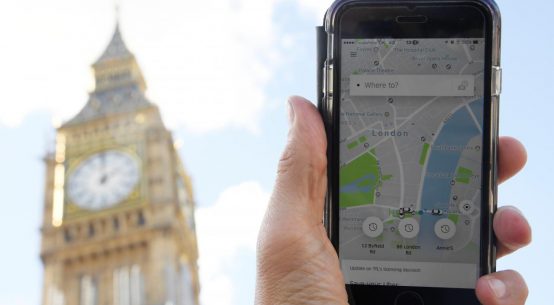UberBoat in Cairo, Egypt
Cairo Egypt(Bloomberg) – Late to a meeting on the other side of Cairo, student Abdel-Kader Shehade opted for the fastest ride-hailing service in town: Careem Scooter. “It was like the traffic jam didn’t exist,” said the 19-year-old, whose trip took a fraction of the usual time at half the price of a car.
Imagine your Ad placed here
Shehade hasn’t looked back. Neither have Dubai-based Careem or Uber, which are investing in Egypt’s sprawling capital, whose congested roads and inadequate public transport drive demand. Both are coming up with new means to traverse the city of 20 million, where a 2014 World Bank study found 3.6 percent of Egypt’s GDP was being lost as Cairenes wasted hours a day in bumper-to-bumper traffic chaos to the incessant blare of horns and insults.
San Francisco-based Uber has grown rapidly in Egypt since its 2014 arrival. It ran a commuter boat service for the first time this summer, zipping up the Nile River that dissects Cairo to bypass clogged streets and noxious car fumes. UberBOAT is a seasonal service, but Uber is in talks with the government to start a bus service and is investing $20 million in a customer service centre in Cairo.
“We see all the ingredients heading in the right direction,” said Abdellatif Waked, general manager of Uber Egypt. “If you can keep innovating and coming up with different methods to get more people in fewer vehicles and get Cairo and other cities to be less congested, that is definitely a good thing and not just for the ride-sharing industry.”
Careem, a Middle East-focused rival, has invested $25 million in Egypt and plans to triple this to $75 million. It expects unconventional transport to outstrip its car service in three to four years from about 10 percent of its business now, said Ramy Kato, managing director of Careem Egypt.
Ride Smart
“Ride-hailing companies constitute two percent of all rides in Egypt,” Kato said. “We still have 98 percent to capture through things that resemble mass transportation, customized services or innovative services like scooters.” Careem runs about 2,000 scooter trips daily and Kato says it can barely keep up with demand.











